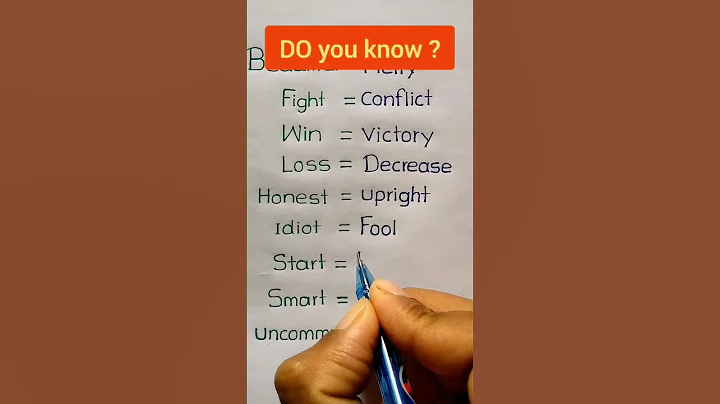China's "City and County Leadership Decisions" journal, Internet reporter Sun Hongquan, correspondent Wang Xiaoli, Wang Cong, Ma Fubing
In order to improve classroom teaching skills and classroom teaching strategies, the "two highs and two primary schools-335" classroom teaching model can be used in classroom teaching Effective implementation. A few days ago, Siming Primary School in Sheyang County, Jiangsu carried out teaching and research activities of "same class and heterogeneous" mathematics on September 23.
Xu Gujun, the principal of the school, Zhou Qingqing, the vice principal, Wang Xiaoli, director of the teaching department, and all math teachers of the school participated in this teaching and research activity.

Conference agenda one
" the same class heterogeneous " teaching and research activities
Teachers Liu Cheng and Wang Cong from this school have discussed the "Interval Arrangement" in the third grade math book. One topic presented two wonderful demonstration lessons to all math teachers in the school. Wang Xiaoli, the director of the school's teaching department, presided over the activities of the course evaluation.
First, the two teachers in charge reported their design ideas and teaching ideas.

Conference agenda two
"Same class heterogeneous" teaching and research activities
Next, the mathematics teacher of the school made a comment and discussion on these two classes and combined their own teaching. . In their speeches, everyone praised the bright spots in the teaching, pointed out the deficiencies in the classroom, and put forward pertinent suggestions.
Teacher Chen Haiyan said that the goals of the two classes are clear, the key points are prominent, and the teaching methods are advanced, so that teaching is easy and learning is easy. However, our students still need to improve their language expression ability, which requires us to gradually cultivate them in future classroom teaching and cultivate them into a group of children who can speak, can speak, and want to speak. As teachers, we must not only fully prepare textbooks, but also fully prepare students. Starting from the actual level of students, we should guide students to master mathematical knowledge and skills, learn mathematical methods, and improve mathematical ability. "Teach him to fish",In the end, it is true that students can learn and know how to learn by themselves. This is the goal of each of our math teachers.

Teacher Jiang Tiemei: What the two teachers have in common is that they are introduced from the context to stimulate students’ curiosity, and guide students to observe the arrangement of the two objects from the intuitive and vivid color pictures, so as to discover the law. Figure out the relationship between the number of two objects in different positions, which is also the key and difficult point of this lesson, and finally apply this knowledge point to solve the problems in life.

Director Jiang Fei: The two teachers' class preparation is still very sufficient, and they can achieve the expected results. The teaching mode of the two is relatively complete, and the teaching effect is more remarkable. Personally, when students explore the rules, the students did not fully explore, the students did not discuss, and the rules were not found out all at once. They had to be constantly revised and summarized, and finally reached a conclusion.

Teacher Aihua Xu: After listening to the two teachers, I feel that I have benefited a lot. Both teachers have designed hands-on activities in their teaching, focusing on cultivating students' hands-on practice, so that students can fully participate in the activities The formation process of perceptual knowledge. Both classes are very successful, but the new curriculum standard says that the teacher is the organizer, learner, and collaborator of classroom learning. If the teacher is energetic in the classroom, the children will be more energetic, and the children's participation in the classroom should have a higher and better room for improvement.

Mathematics teaching and research team leader Lu Yang: Interval arrangements are often seen in daily life. Almost every student has been exposed to it, but generally does not pay attention to and study it. The two teachers combined "support" and "release" to guide students to verify the law, deepen their understanding of mathematical models, and improve students' mathematical language expression ability. Discuss: The teacher-student exchanges are adequate, but the student-student exchanges are poor. The teacher arranged more content for the two classes. This may be the reason. There are more point-to-point questions and answers between teachers and students, and there are few exchanges between students and students are not given enough time to think. This kind of classroom participation is limited. Will become narrower.

Director Yu Haiyan: Both classes can start from student life experience,Construct a learning platform. In teaching, the two teachers first asked students to create spacing arrangements with numbers, graphics and other familiar things to stimulate students' curiosity and desire for performance, leading to today's topic. Then show some interval arrangements in life, and ask students to talk about which objects in the picture are arranged one by one. In this way, we can learn more about the universality of interval arrangement. I think that the display of graphics verification and drawing representation can also allow students to communicate in groups first, so that the resources for student verification will be enriched, and all students can really participate in it.

Conference agenda three
"Same class heterogeneous" teaching and research activities
Weekly school will guide all mathematics teachers on how to evaluate classes and which aspects can be used when class evaluation . Zhou Xiao said: As an integral part of teaching seminar activities, class evaluation is often carried out in daily teaching activities. However, we usually pay more attention to class, talk about the standard of good class, design and implementation of good class, and less focus on the aspect of class evaluation. So, how to evaluate a math class? It depends on both the students and the teacher.

See students: ① See if students are actively participating. ②See if students experience, feel, and experience the process of mathematics learning. ③Whether the student has learned anything in the learning activity. ④What did the students learn in the classroom? What abilities did they gain to help their own development.
Look at the teacher: ①Do you care about every student, respect every student, and whether you get a pleasant learning exchange when the students are in harmony. ②Whether to provide effective guidance to students. ③Whether to provide students with excellent learning resources and create a space for students to think and explore. ④Whether paid attention to the generation in the classroom.

Xu Xiao has summarized this activity: this semester we have carried out "same class heterogeneous", group seminar-style teaching and research activities, mainly from these three aspects: 1. To promote " Two highs and two primary schools-335" the need for classroom teaching reform; 2. The need to further improve the quality of classroom teaching and strive to create an efficient classroom; 3. The need for common improvement and common growth.Xu Xiao pointed out the shortcomings of the two classes: 1. It is necessary to use the guide plan clearly; 2. The classroom atmosphere is not active enough, and the students' interest has not been well stimulated; 3. The teacher is not enough to let the students go. .
Finally, the Xu school put forward several requirements: 1. It is necessary to deeply understand the intention of carrying out "same class and heterogeneous" teaching and research activities, and to fulfill the main responsibility of teaching and research; 2. To have a sense of professional development and take classroom teaching reform as an example. Grasp, insist on teaching and research to develop the school; 3. Continuously improve one's professional quality and ability to control the classroom.

"Classroom teaching is an art with regrets." It is precisely because of regrets that we will continue to make progress and grow. In the future, we will carry out every teaching and research course to truly help each other learn, make progress and improve together, so that the "two highs, two primary schools-335" classroom teaching model can be effectively implemented in classroom teaching. The four of us will perceive classroom art in thinking; in exchange, sublimate educational ideas; in practice, promote professional growth.
Editor in charge: Lu Lifang
.










